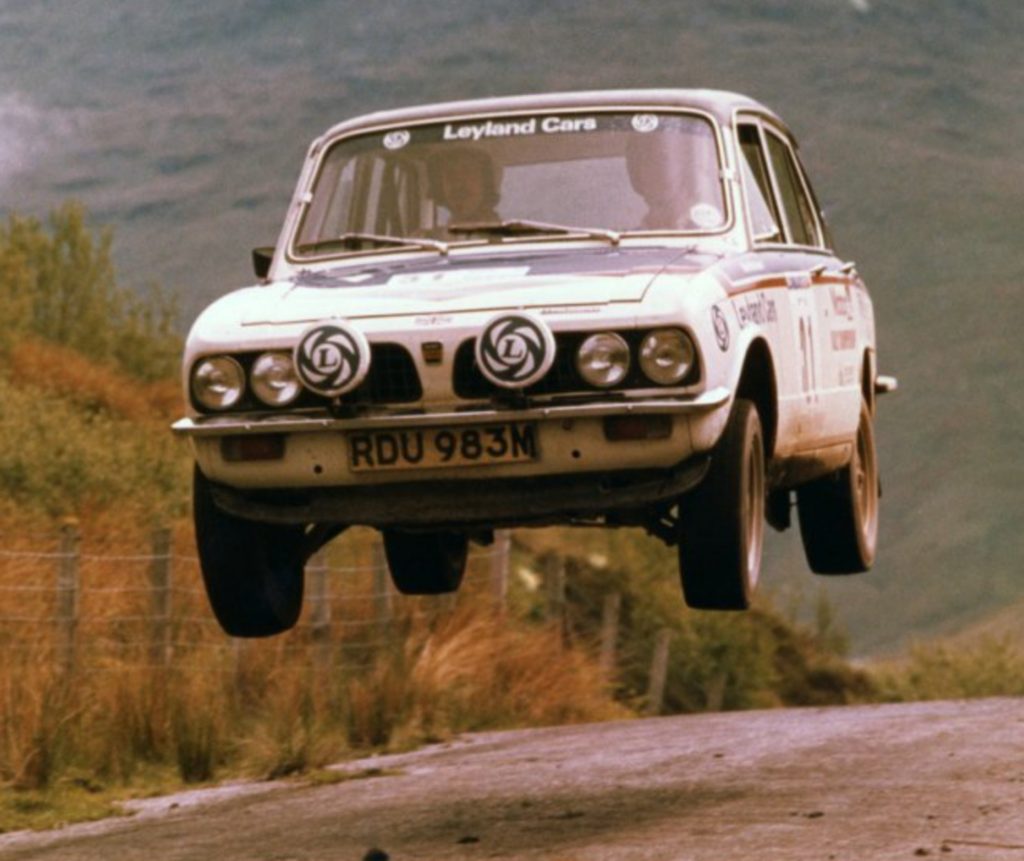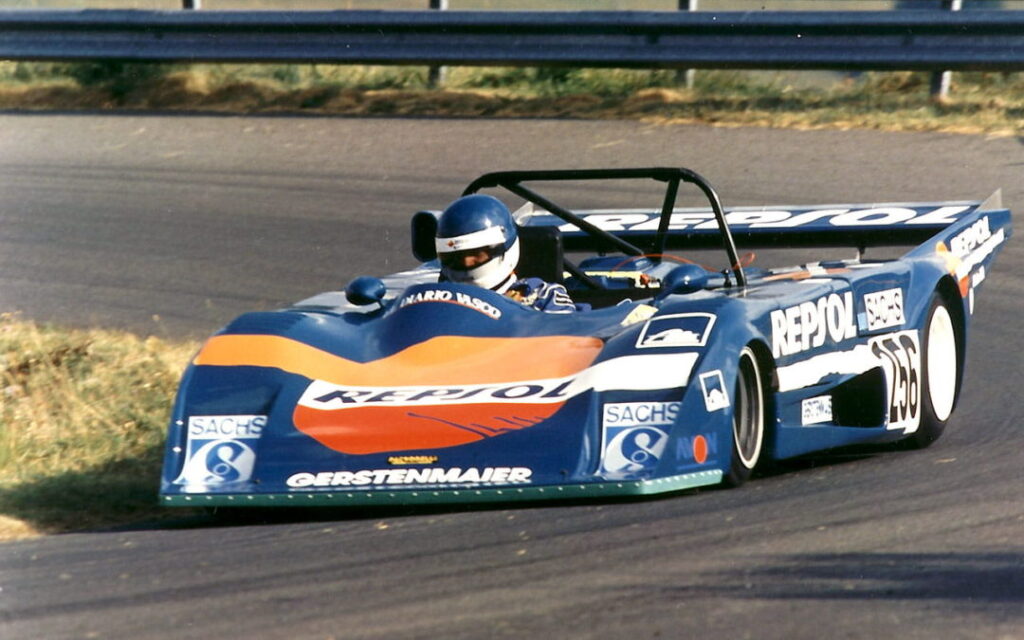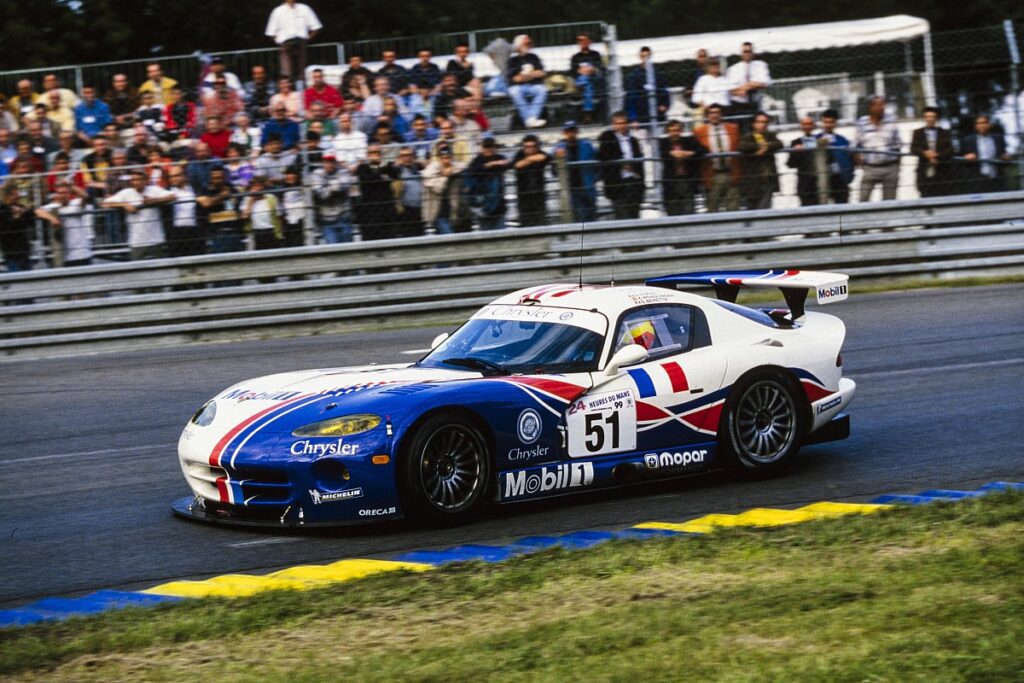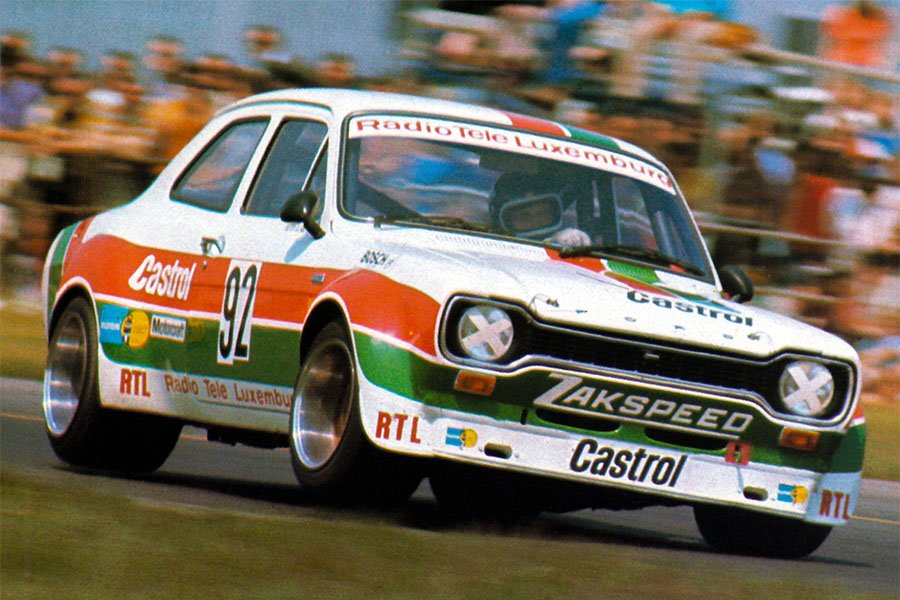1974 Triumph Dolomite Sprint Group 1

1974 Triumph Dolomite Sprint Group 1
Brand
Triumph
Year
1974
Country
Great Britain
Generation
Triumph Dolomite

1974 Triumph Dolomite Sprint Group 1
Brand
Triumph
Year
1974
Country
Great Britain
Generation
Triumph Dolomite
About this car
Discover the history
The 1974 Triumph Dolomite Sprint stands as a significant example of British performance sedans, notable for its performance capabilities and its role in motorsport, particularly in Group 1 homologation for the FIA. This vehicle was the pinnacle of the Dolomite range, blending everyday usability with a competitive edge, making it a great success in both road and racing environments.
In terms of technical specifications, the Dolomite Sprint was powered by a 2.0-liter, 16-valve inline-four engine. This engine was a significant departure from earlier Dolomite variants, offering much higher performance thanks to its twin overhead camshaft design, which made it a pioneering engine for its time. With a power output of around 130 horsepower, it was one of the most potent engines in its class. The car was equipped with a close-ratio four-speed manual transmission, helping deliver its power effectively to the rear wheels. The chassis incorporated independent front suspension and a live rear axle, ensuring a balance between comfort and handling on both the road and track. The lightweight body design, coupled with a solid frame, made it agile enough for racing.
The Triumph Dolomite Sprint’s Group 1 homologation for FIA motorsport in 1974 meant it was eligible for various national and international racing series, particularly in the UK. Group 1 homologation, which typically involves production cars with minimal modifications, required Triumph to produce a sufficient number of units for the model to be eligible in racing series like the British Saloon Car Championship (BSCC). The Sprint became a formidable contender, gaining recognition for its balance of handling, power, and reliability.

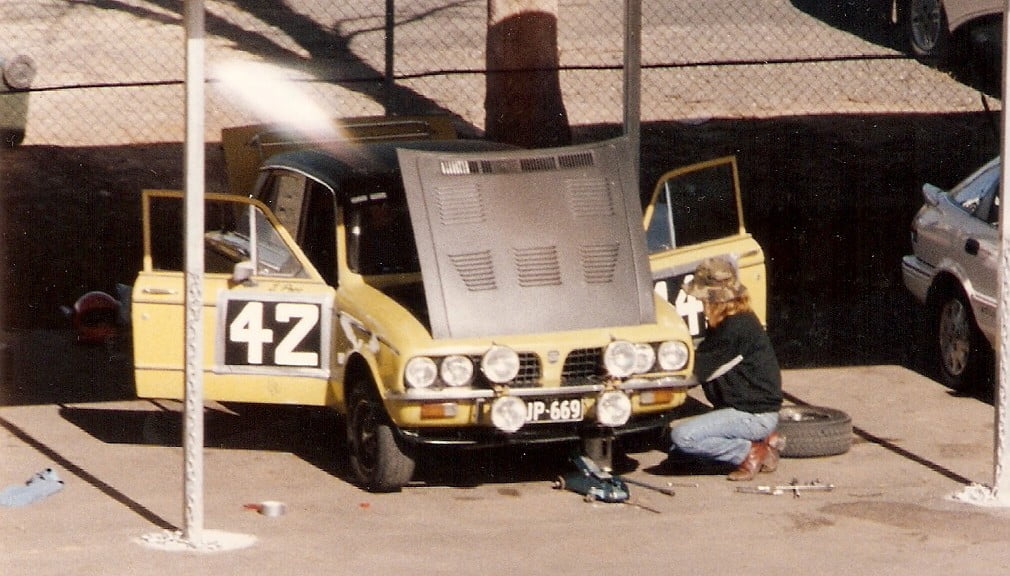

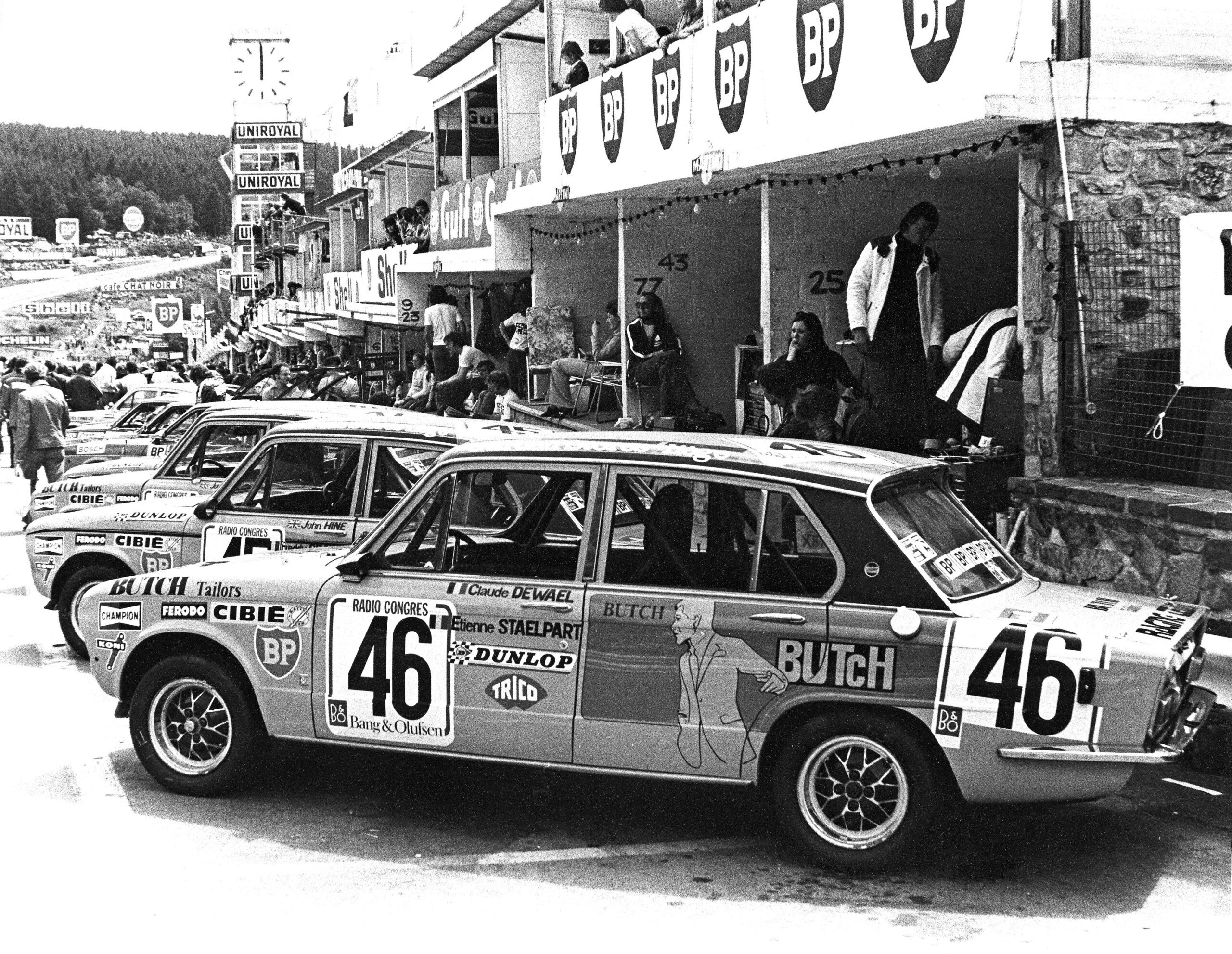
In motorsport, the Dolomite Sprint found success across various events. One of its notable appearances was in the 24 Hours of Spa, where privateer teams competed using these cars. This was a testament to the car’s capability and endurance. Racing versions of the Dolomite Sprint typically featured modifications to enhance durability and performance, such as stronger suspension components, improved brakes, and stripped-down interiors to reduce weight. Although the Sprint’s competition history wasn’t as high-profile as other makes like Ford or BMW during this era, it was respected within the motorsport community for being a well-rounded and durable competitor.
The Sprint’s design and success in Group 1 racing have also contributed to a strong cult following among car enthusiasts, especially those dedicated to classic motorsport vehicles. Even today, owners and restorers continue to maintain and race these vehicles in historic motorsport events, sometimes undergoing thorough restorations to bring them back to their original racing configurations.
In conclusion, the 1974 Triumph Dolomite Sprint, with its advanced technical specifications, competitive pedigree, and successful FIA homologation, represents an important chapter in British automotive history. Its blend of road-going luxury and motorsport performance made it a standout in its era, both on the streets and on the racetrack.
